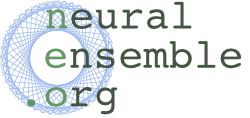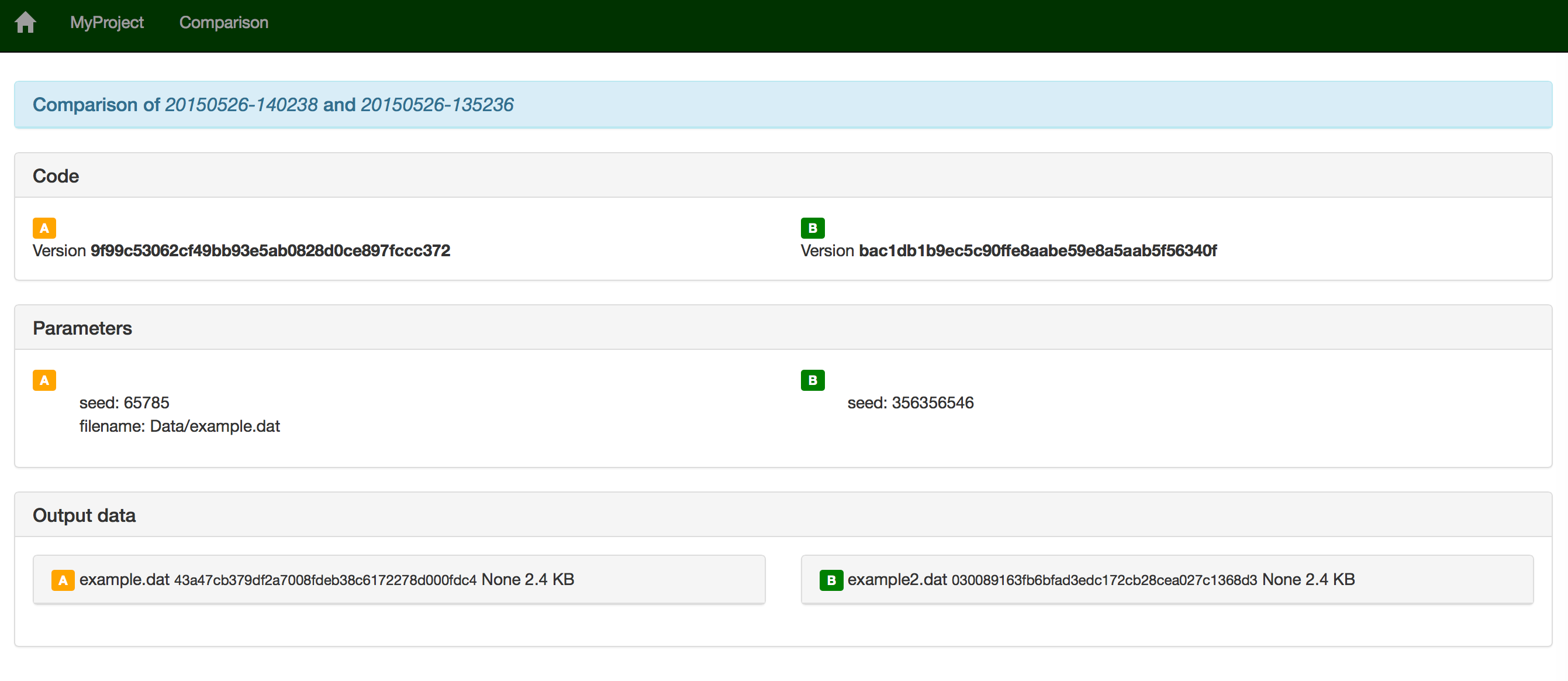I've created some Docker images for biological neuronal network simulations with Python.
The images contain NEST 2.6, NEURON 7.3, Brian 1.4 and PyNN 0.8.0rc1, together with IPython, numpy, scipy and matplotlib.
The images are intended as a quick way to get simulation projects up-and-running on Linux, OS X and Windows (the latter two via the Docker Toolbox, which runs Docker in a VM). They can be used for teaching or as the basis for reproducible research projects that can easily be shared with others.
The images are available on Docker Hub.
To quickly get started, once you have Docker installed, run
docker pull neuralensemble/simulation
docker run -i -t neuralensemble/simulation /bin/bash
then inside the container
source ~/env/simulation/bin/activate
For ssh/X11 support, use the "simulationx" image instead of "simulation". Full instructions are available here.
I plan to add further images for neuroscience data analysis, providing Neo, Elephant, OpenElectrophy, SpykeViewer, the G-Node Python tools, KlustaSuite, etc. If anyone would like to help out, or suggest other tools that should be installed, please contact me, or open a ticket on Github.
The images contain NEST 2.6, NEURON 7.3, Brian 1.4 and PyNN 0.8.0rc1, together with IPython, numpy, scipy and matplotlib.
The images are intended as a quick way to get simulation projects up-and-running on Linux, OS X and Windows (the latter two via the Docker Toolbox, which runs Docker in a VM). They can be used for teaching or as the basis for reproducible research projects that can easily be shared with others.
The images are available on Docker Hub.
To quickly get started, once you have Docker installed, run
docker pull neuralensemble/simulation
docker run -i -t neuralensemble/simulation /bin/bash
then inside the container
source ~/env/simulation/bin/activate
For ssh/X11 support, use the "simulationx" image instead of "simulation". Full instructions are available here.
I plan to add further images for neuroscience data analysis, providing Neo, Elephant, OpenElectrophy, SpykeViewer, the G-Node Python tools, KlustaSuite, etc. If anyone would like to help out, or suggest other tools that should be installed, please contact me, or open a ticket on Github.



